Centenary of day four young soldiers were cut down in bayonet charge
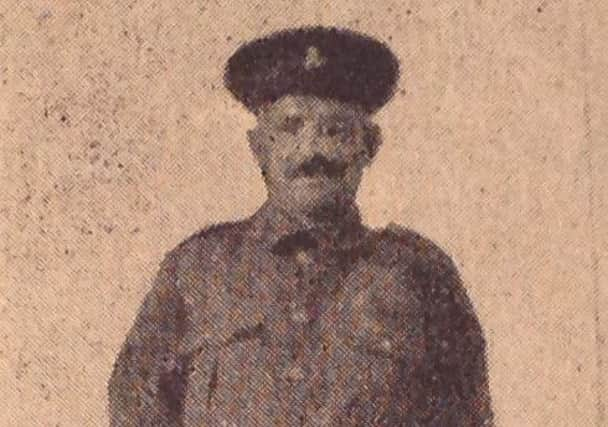

In recollections of the events of 1916, the Battle of the Somme, which began on July 1 and saw a total of 485,000 allied casualties, looms large.
Less well known is the Siege of Kut Almara in Mesopotamia, 100 miles south of Baghdad, in what is now Iraq - but there on April 9, 1916, four young men from St Annes, all members of the 6th Battalion of the Loyal North Lancashire Regiment, lost their lives in a bayonet charge.
Advertisement
Hide AdAdvertisement
Hide AdNot until Passchendaele on July 31, 1917, when 11 were killed, was Fylde to see so many fall on a single day again.
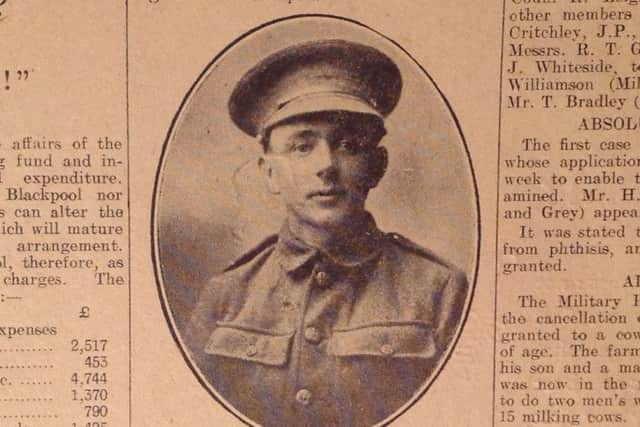

The men lost at Kut Almara were Privates William Pearson, James Harrison, Robert Gillett, Sydney Walton. All four are commemorated in the Memorial Chapel at St Annes Parish Church and on the Ashton Gardens memorial, and on the Commonwealth War Graves Commission Memorial in Basra.
As with all the St Annes men lost during the First World War, following extensive research by officials at St Annes Parish Church, their sacrifice will be honoured with a quarter peal on the bells of the Parish Church to mark the centenary of their deaths.
Parish server Gerald Wilson, who has been extensively involved in the research, said: “The 6th Battalion was part of a force composed primarily of Indian Army units sent to Mesopotamia initially to secure the oilfields around Basra. This aim, fairly quickly achieved, was expanded into a major war against Turkey. It was a difficult environment for fighting with little water, no roads, and disease prevalent.
Advertisement
Hide AdAdvertisement
Hide Ad“Initial military success tempted the British to become overambitious in setting their sights on capturing Baghdad and with supply lines overstretched they were driven back in December 1915 and surrounded at Kut Almara.
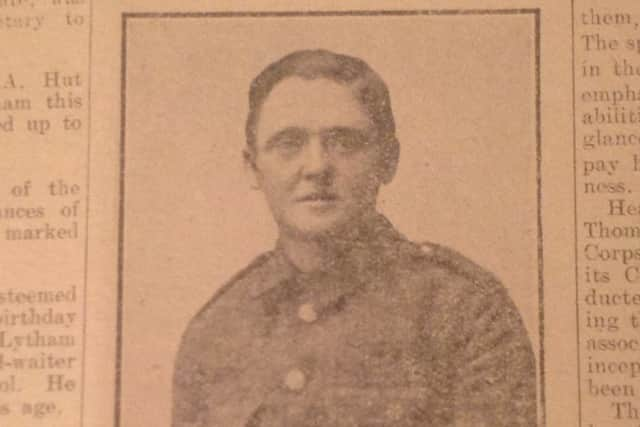

“Sporadic attempts, including the fateful bayonet charge on April 9, were made to breakout from the siege, but the garrison surrendered on April 29, 1916 and 13,000 men were taken prisoner by the Turks.”
Gerald and fellow Parish Church officials are keen to hear from any relatives of the local men who perished, particularly anyone who might be able to supply a picture of Private Walton.
He is thought to be the son of Thomas, a railway porter, and Mary Anne, living at 66 Church Road. Sydney was a green keeper at the Lytham and St Annes Golf Club when he enlisted in December 1914. As reported in the St Annes Express, his mother received a letter from him dated the day before he died, which said, “Just a line to let you know that I am still in good health and also got through so far. You will see by the papers about our division doing well. Excuse short letter because, you know, I have not much time to write under shell fire.”
By the time the letter arrived, Sydney was already dead.
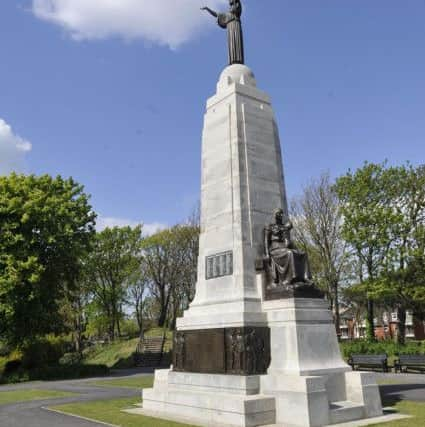

Advertisement
Hide AdAdvertisement
Hide AdPrivate Pearson, just 17 when he died, was the son of James and Mary Dennison Pearson of Clifton Street (now Curzon Road) and the grandson of Thomas Bonney, who was a member of the crew of the Laura Janet Lifeboat lost in the Mexico disaster of 1886.
He was educated at Heyhouses School, sang with St Annes Parish Church choir for seven years, was a member of the 1st St Annes Scout Troop and was apprenticed as a decorator.
“Being big for his age”, as the Express put it at the time, William was apparently able to enlist in 1914 at the age of just 15.
Private Harrison, 33 when he died, was the son of Thomas Butler Harrison of 59, Church Rd, St Annes and brother of Robert Harrison, also killed in the war.
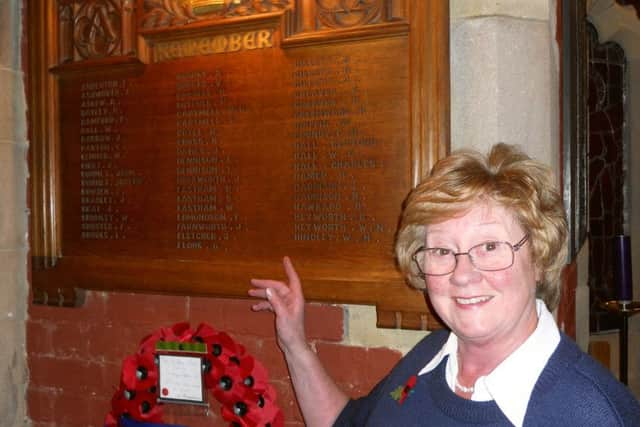

Advertisement
Hide AdAdvertisement
Hide AdPrior to enlistment, he was employed as a plasterer and was also a member of the lifeboat along with his father.
His uncle, also called James Harrison, drowned in the Mexico disaster aged 19 and was the youngest member of the crew. Private Gillett was the fourth son of George and Jane Gillett of Cross Slack Farm, located on Kilnhouse Lane where St Alban’s Church is now.
He enlisted in June 1915 and was 22 when he died.
Gerald said: “It has been fascinating to research the details of these men and if there are any relatives or anyone has any further information, we would be delighted to hear from them.”
Vicar of St Annes Fr David Lyon, who in 2014 visited 76 graves of St Annes war victims during a trip to Europe with his wife Brenda, said: “It is very important that the town remembers the sacrifice all these people made.”
Anyone with further information should email [email protected].